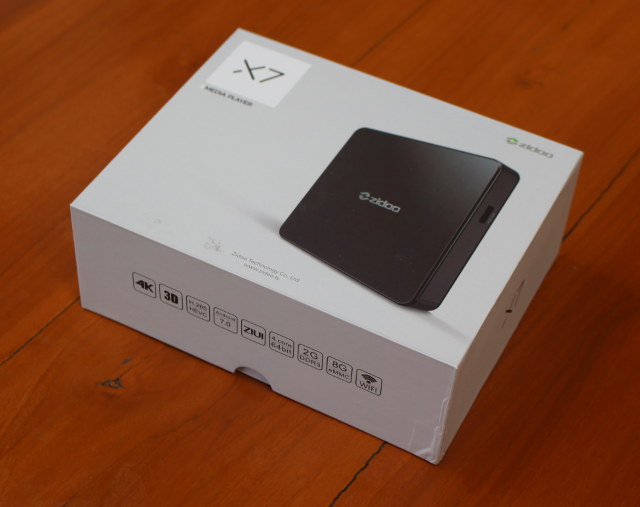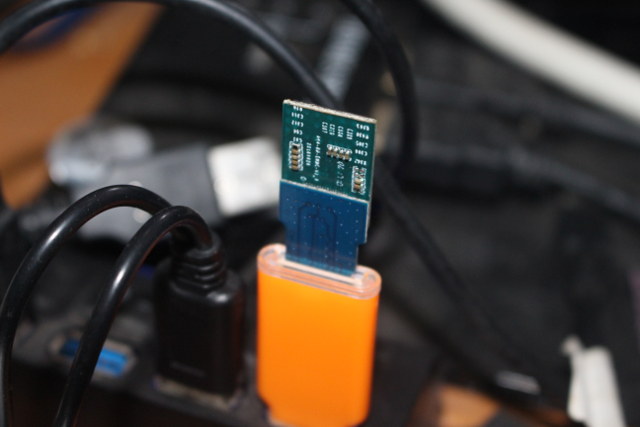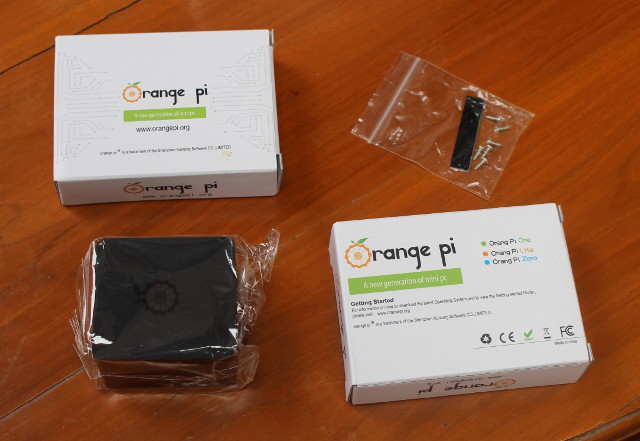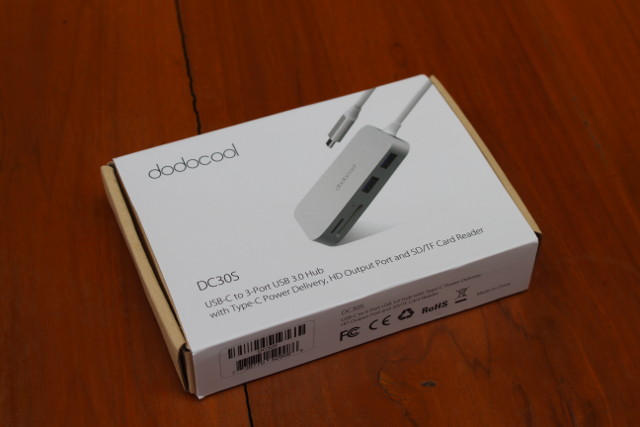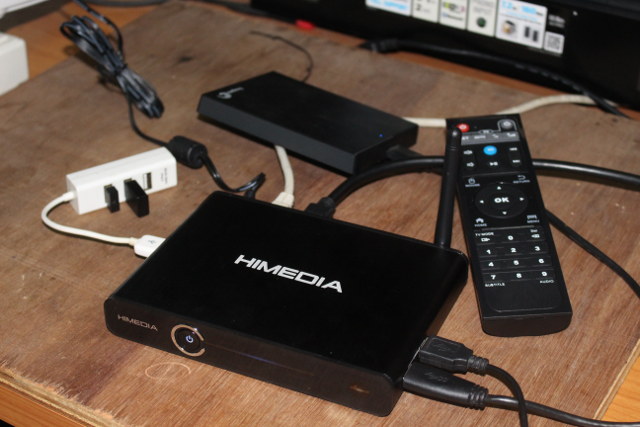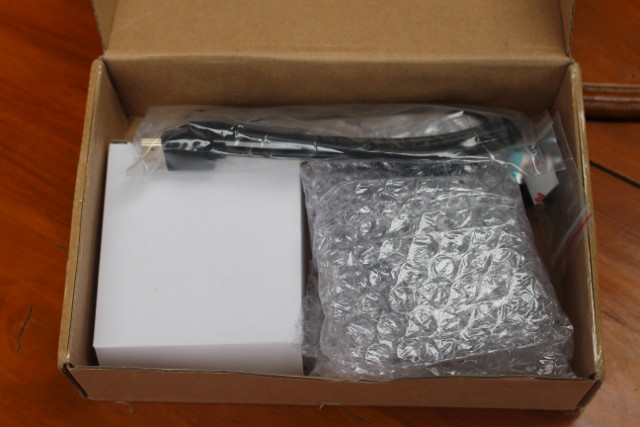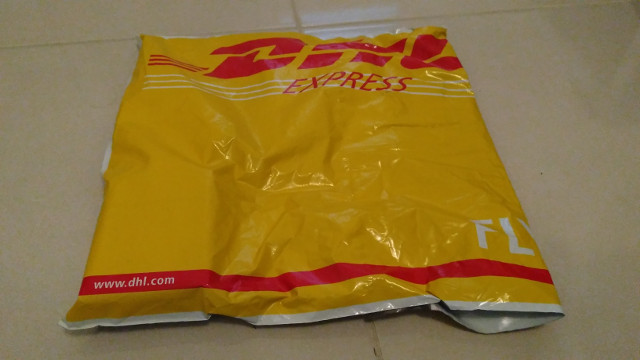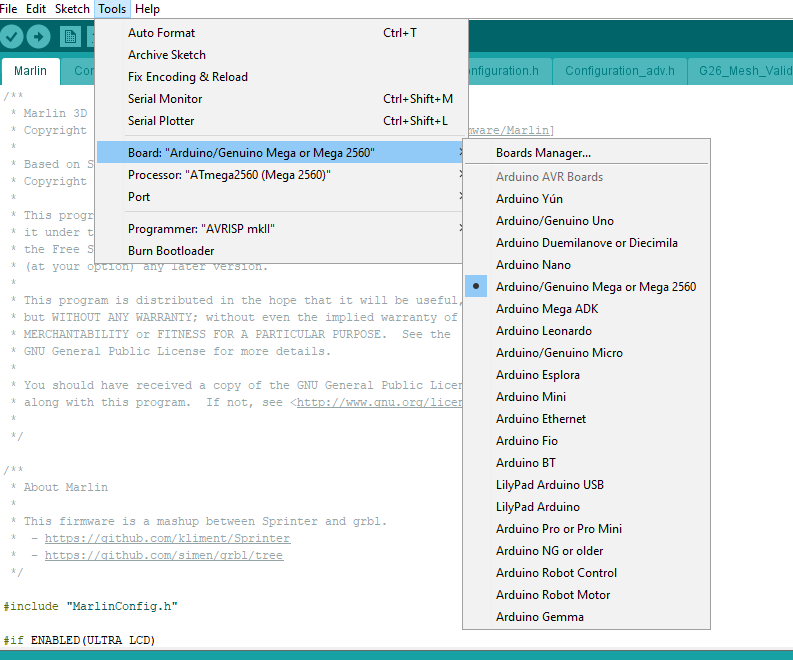Zidoo X7 is another Rockchip RK3328 based TV box that has the advantage of coming with 2GB RAM, 802.11ac WiFi and Bluetooth 4.1, as well as Zidoo firmware support, compared to its cheaper competitors such as A95X R2 TV box. The company sent me a review sample to check out it. As a side note, it was quite a challenge to get the box, as my country of residence enacted a new law requiring a “broadcasting license” to import TV boxes and HDMI dongles, even if you get just one unit, so the first attempt failed to got through customs, but eventually I managed to get the box through a local reseller. Back to the review… As usual I’ll write a first part showcasing the hardware design today, before testing the firmware, and publishing my results next month. Zidoo X7 Unboxing The package shows some of the key features of […]
ROCK64 Board Review – Part 2: Quick Start Guide with Ubuntu 16.04.3 MATE, Multimedia Features, Some Benchmarks
Pine64 ROCK64 is the first maker board based on Rockchip RK3328 processor, and is potentially interesting for various applications including network storage thanks to USB 3.0 and Gigabit Ethernet, multimedia applications with 4K HDR video support, as well as other applications requiring I/Os. I’ve already tested Rock64 board with Android 7.1 operating system, so today I’ll report by finding and experience with Ubuntu 16.04.3 with MATE desktop. Selecting and Flashing a Linux Image You’ll find several operating systems in the Wiki, but you’ll also find more cutting edge images in ayufan’s github. But first let me explain some vocabulary used for Pine64 firmware files: Engineering version – Becomes with release build based on the stock build develop by Pine64 and the SoC vendor. It’s supposed to be more stable, but get less updates Community versions (currently managed via ayufan) are more frequently updates, and comes with more recent features. You’ll find […]
How to Setup an Orange Pi Zero DIY Smart Speaker with Google Assistant SDK
A preview release of Google Assistant SDK working with Raspberry Pi 3 and other ARMv7 boards was released in May, and soon after, AIY Projects Voice Kit was offered for free with Raspberry Pi Magazine in order to a complete smart speaker kit working with RPi 3. I wanted to try it on one of FriendlyELEC or Shenzhen Xunlong Allwinner board, since all we need is audio input and output, and an Internet connection. Earlier this month, I came across Orange Pi Zero Set 6 Kit that had all I needed: Orange Pi Zero ARM Linux board, an expansion board with built-in microphone and audio output jack, and a cute and small case to neatly put everything together. Orange Pi Zero Set 6 Kit Unboxing and Assembly Shenzhen Xunlong sent me the kit so that I can try it out. The package includes two Orange Pi packages, the plastic case, […]
Checking Out Dodocool DC30S USB type C Hub with USB 3.0 Ports, Power Delivery, HDMI Output, and Card Reader
I reviewed Vorke Z3 Android mini PC last month, the first mini PC I’ve received with a USB type C port capable of handling video output too. I could see support for dual HDMI displays in the firmware, but at the time I did not have a USB type C hub with HDMI output. But Dodocool sent me their DC30C USB type C hub so I’ve finally been able to give a try. Dodocool DC30S Specifications USB Input – 13 cm USB 3.1 Type-C cable USB Outputs – 3x USB 3.0 type A ports up to 5 Gbps; 1x USB 3.1 Type-C PD charging port Video Output – HDMI port Storage – SD & Micro SD card reader Dodocool DC30S Unboxing First the package which gives basic info about the USB hub. The device comes with a warranty registration card, and a multi-language user manual. One side comes with the […]
HiMedia Q30 TV Box Review – Part 2: Android 7.0 Nougat Firmware
HiMedia Q30 is an Android Nougat TV box powered by Hisilicon Hi3798MV200 processor, a cost-down version of Hi3798C V200 processor with the same CPU, a lower-end Mali-450MP GPU, about the same media capabilities, and less I/Os. I’ve taken pictures of the device and board if the first part of the review entitled “HiMedia Q30 (Hisilicon Hi3798MV200) Android TV Box Review – Part 1: Unboxing and Teardown“, so today, I’ll report about my experience with the device while running Android 7.0. First Boot, Setup, and First Impressions I’ve connected a USB 3.0 hard drive to the single USB 3.0 port, and filled the two other USB 2.0 ports with a USB keyboard, and a USB hub with two RF dongles for an air mouse and a gamepad. I added Ethernet, HDMI, and power cable to start the device. A typical boot takes around 25 seconds to the Android launcher below. That’s […]
Le Potato Development Board Review – Part 1: Hardware and Accessories
Libre Computer launched AML-S905X-CC “Le Potato” board on Kickstarter last month, and since then there have been some updates such as worldwide shipping, so the board will now ship to most countries, not only in Europe or the US, and various designs of the case have been proposed. You can check the updates on Kickstarter for details. Libre Computer Le Potato Kit Unboxing The company also sent me a Le Potato board, but not only, as I received a complete kit… … similar to the $99 “2GB eMMC kit” reward on KS with a board with 2GB RAM, a 64GB eMMC flash module, a HDMI cable, and a 5V/2.5A power supply with on/off switch, but a different case, cooling fan, and corresponding rubber pad and screws. The case exposes all external ports, and has holes on top for the fan. The other side includes the micro SD slot, plenty of […]
Getting Started with MediaTek X20 Android Development Board
Thanks to CNX for helping me get a hand on the 96Boards compliant Mediatek X20 board that was generously donated by Seeed Studio. In this article, I will walk through the steps to get the board up and running and also compile Android from the source code. The current Android is version 6. Unboxing the Beast First Boot Up The board boots up from the eMMC, and the first time you boot up you will get Android screen as shown in Figure-9. This is the default Android image from the factory, which surprisingly looks like it was setup for a phone screen mode, which is not sufficient for a HDMI monitor. It would be better to install the images that are made available at Linaro website or build your own. See the other section to flash the board with different images. Switching to Fastboot Mode Flashing image files are done […]
Tevo Tarantula 3D Printer’s Large Dual Extruder Auto Bed Level Sensor Firmware Upgrade
What a title. Just a quick update on the Tevo I am reviewing. I didn’t want to upgrade the firmware, but I read so many posts on Facebook about it I took the plunge. I didn’t like was the firmware that came with it. It only did a 3 point level, and seemed to go outside the build plate dimensions. The first 2 printers I have reviewed were Marlin, so it was what I am most familiar with. I used Jim Brown’s Marlin fork as a base. It was missing dual extruder and auto level sensor in the pre-configured profiles. It took a while, but I was able to add the extra features. The auto bed level sensor connects to where the normal Z end stop sensor is connected. I would like to warn you to warm your bed for 5 minutes for the best reproducible results. I tested several […]

